This guide dives into the technology behind quick shifters, their benefits for both racers and everyday riders and how they could be an excellent upgrade for your bike.

Subscribe to our Telegram channel for instant updates!
Quick shifters, once a high-tech feature exclusive to professional racing, are now revolutionizing everyday motorcycle riding. These electronic devices let riders shift gears smoothly without using the clutch or throttle. Imagine shifting gears without lifting a finger while your bike roars. That’s the thrill of a quick shifter.
But what exactly is the magic behind these devices? How do they benefit the everyday rider, not just the adrenaline junkie? Let’s peel back the layers and uncover the world of quick shifters.
From understanding their basic function to exploring the different types available, we’ll equip you with the knowledge to decide if this upgrade is the missing piece in your riding puzzle.

The Need for a Quickshifter
The need for a quickshifter began on the racetrack, where advanced motorcycle technologies are often born. Typically, changing gears on a motorcycle involves rolling off the throttle, pulling in the clutch, shifting up a gear, releasing the clutch, and rolling the throttle back on. While riders get used to this sequence over time, it still takes time.
With a quickshifter, the rider doesn’t need to touch the clutch or throttle at all. You simply click up with your foot, and the quickshifter does the rest. With fewer steps involved, the bike shifts gears faster and performs better, shaving off small amounts of time with each gear shift.
While the time saved by using a quickshifter might seem minor at first, it becomes significant when a rider shifts gears dozens of times in a single lap. Throughout a race, these small time savings can be the difference between finishing on the podium or blending into the crowd—because on race day, even milliseconds count!
A quickshifter eliminates the loss of acceleration time by making gear shifts happen quickly, as its name suggests. It also reduces the effort required to manage the throttle and clutch, particularly when taking corners, which simplifies the process and lets the rider focus more on speed.
How does it work?
There are two types of quickshifters to start with. The first one helps the rider while upshifting, while the second one assists both upshifts and downshifts. The variety that handles both upshifts and downshifts is known as a bi-directional quickshifter.
Let’s see how a quickshifter facilitates a shift without the need for the rider to engage the clutch. We’ll discuss the upshift first, as it’s the more basic version and is common to both types of quickshifters.
The Upshift Quickshifter
An upshift quickshifter eliminates the need to pull the clutch or roll off the throttle. Earlier motorcycles achieved this by cutting the engine’s spark briefly. On modern fuel-injected bikes with electronic throttle control, this is done through throttle valve modulation and momentarily cutting the spark or fuel via the ECU.
Simply cutting the spark can let unburnt fuel pass through, so modern systems prefer cutting the fuel supply along with throttle valve modulation for a smoother clutchless upshift.
How does the motorcycle know when the rider is about to upshift? This is managed by an electronic sensor on the gear shifter lever, which detects pressure changes and signals the ECU to momentarily cut fuel or spark, allowing for a smooth gear shift without using the clutch or rolling off the throttle.
In the past, a mechanical switch with a spring was used to cut power, but this is no longer common in modern motorcycles.
The Downshift Quickshifter
Now, let’s talk about the other feature of a bi-directional quickshifter: the quick downshifter, also known as an autoblipper. A downshift quickshifter handles the task of blipping the throttle or rev-matching automatically, without the rider needing to do anything, hence the name autoblipper.
Modern motorcycles, equipped with numerous sensors and electronic controls, can easily manage engine revs by sending electronic signals when the pressure sensor detects a downshift.

Which Motorcycles Can Add a Quickshifter?
Quickshifters were once mainly found on track racing motorcycles, but now many street riders are also adding them for the performance boost they offer. Nonetheless, quickshifters can be installed on a wide range of motorcycles, with some being universal and others designed for specific models.
Do You Need a Quickshifter?
If you regularly race on the track, a quickshifter can give you a competitive edge by reducing the time spent shifting gears. This can make a significant difference in performance, especially if you’re competing against riders with quickshifters on their bikes.
For everyday riding, a quickshifter can enhance comfort and convenience by making gear changes smoother and less effortful. Many modern motorcycles come with built-in quickshifters, and some allow you to toggle the feature on or off based on your riding style.
If you’re considering a performance upgrade, check if quickshifters are available for your bike and whether they fit your needs and budget. So, what do you think? Should you consider installing a quickshifter on your motorcycle?




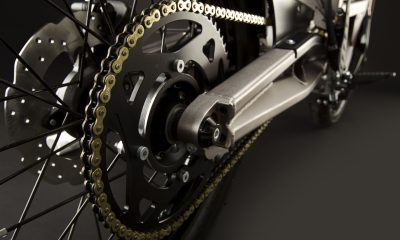
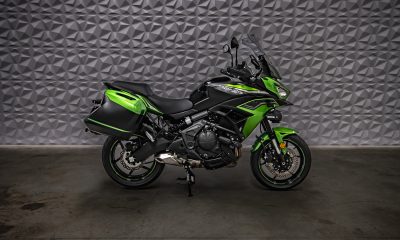



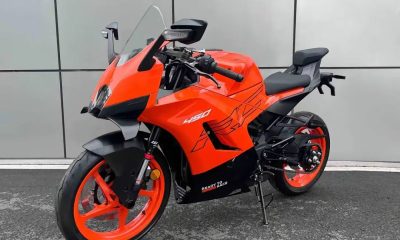
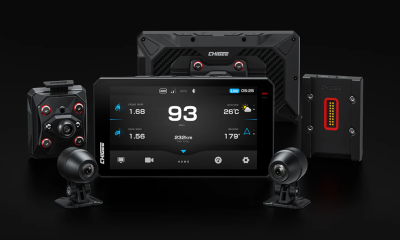
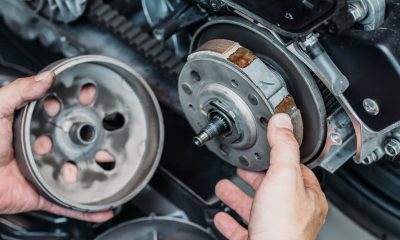



















Facebook
Instagram
X (Twitter)
YouTube
LinkedIn
RSS